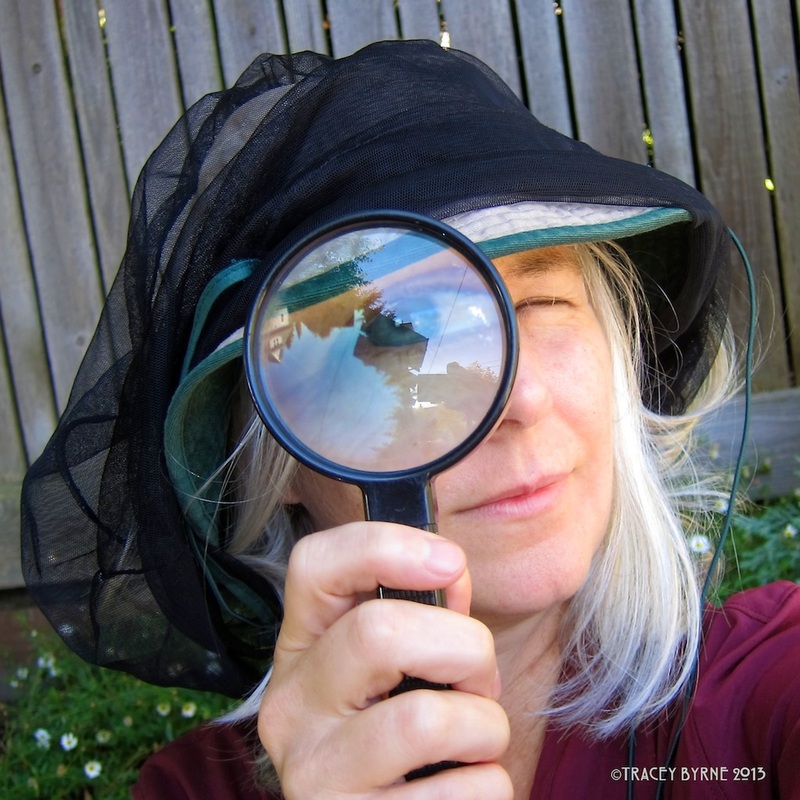|
This Woolly Bear caterpillar was high speed cruising across our path at Seward Park last week. I LOVE Woolly Bears, but I do not see them very often, and I wondered why. I did a little research and found out that if you google them, you will get a lot of information on whether or not you can accurately predict the severity of the upcoming winter by the width of their colored bands =Nope :^) I also found out that the Banded Woolly Bear can travel up to a mile a day looking for a protected place to spend the winter and that they like to burrow under piles of leaves. It turns out that a Woolly Bear needs the cold to complete its metamorphosis; that is, they almost freeze solid and when spring arrives they thaw out, eat some greens, and then spin a cocoon (that looks a bit like a cat hairball), before transforming into its adult form as a Tiger Moth. The Tiger Moth has only one task to complete in its two-week life: find a mate and lay eggs. They do not even have mouth parts, so need waste no time looking for food. Does the Woolly Bear hibernate like its mammalian namesake? I dug a little deeper ...
Infinite Spider explains: "For a long time scientists weren't sure if the woolly bear caterpillar used a strategy of diapause (insect equivalent of hibernation) or quiescence to survive winter. Scientists from the University of Pennsylvania did some studies of different caterpillars collected in fall and winter and then compared their development and metabolic rates. They found that the woolly bear caterpillar goes into quiescence, hiding under leaf litter and literally going dormant until conditions change. They could wake easily if it got nice outside, unlike their diapausing cousins." Xerces Society has created a slew of cute #LEAVETHELEAVES graphics to encourage folks to enjoy the benefits of leaf litter. Cheers for mulch and overwintering sites for our insect friends! This is a big shout-out to Sherrie Pelsma, the face behind Portland's Pollinator Parkways (also seen on my Biodiversity page). Sherrie has created a Do-it-Yourself Manual for home-owners who would like to "Flip their Strip", i.e. convert their turf-grass parking strip into a pollinator habitat. This is an excellent resource that will guide you through all the steps of transforming your "hell-strip". The manual is packed with clear instructions, shady/sunny plant lists and planting guides, and photos. You can also follow Pollinator Parkways on Facebook for updates and to share your photos. I have included Sherrie's manual as a pdf download. Have fun with your strip!  Pollinator Parkways has created over 6000 square feet of pollinator habitat. Thank you Sherrie, for your community spirit and inspiration! Pollinator Parkway's Do-it-Yourself Manual:
After being super-inspired by Cornell Lab of Ornithology's Summer Educator Retreat, I decided to sign up for one of their online courses Ornithology: Comprehensive Bird Biology. I must admit that I have not been a very diligent student, but! I have learned some interesting things. For example, did you know... Not all birds fly, build nests, or sing, but there is one feature that all modern birds share: they are the only animals in the world with feathers. Paleontologists now agree that there were many feathered dinosaurs and non-avian coelurosaurian theropods. These early birds and beasts sported a diversity of feather types, colors, and plumage, much like birds today. An especially cool fact: the T. Rex is more closely related to a chicken than it is to a Stegosaurus. Also, feathers, by themselves, are remarkable, as a single feather is composed of more than a million interlocking Velcro-like parts. Feathers did not evolve from the frayed remains of reptilian scales as long believed, but are instead produced by feather follicles, which are miniature tubular developmental organs distributed over the skin of the bird and, based on need, can produce six different types of feathers. All the details of feather growth are novel and have no direct parallels in other animals. Feathers are highly engineered, lightweight, flexible, and strong; they allow birds to fly, swim, and inhabit every continent and habitat in the world. Bird sex is odd: 97% of bird species have evolved to lose the penis. Instead of external sex organs, both sexes of birds have a cloaca, which is a handy shared vent opening for their digestive, reproductive, and urinary tracts. Sex for most birds occurs with a “cloacal kiss” which only lasts a second or two, just long enough for the sperm to make the transfer. The lack of external sex organs has resulted in an immense effort by male birds to woo females, build nests, and out-sing their competition, culminating in the incredible rituals, elaborate dances, and astonishing plumage of the passerines, also known as songbirds or perching birds, which form one of the most diverse terrestrial orders and include many of our backyard birds. That's it for now. Don't forget to clean and fill your avian dinosaur feeders
It's October, and that means it is time to get your backyard ready for winter here in the NW. I am attaching a pdf of my Urban Birds mandala for you to print and enjoy. Shine on Harvest Moon!
|
AuthorTracey Byrne~ Categories
All
Archives
June 2024
|
||||||||||||||
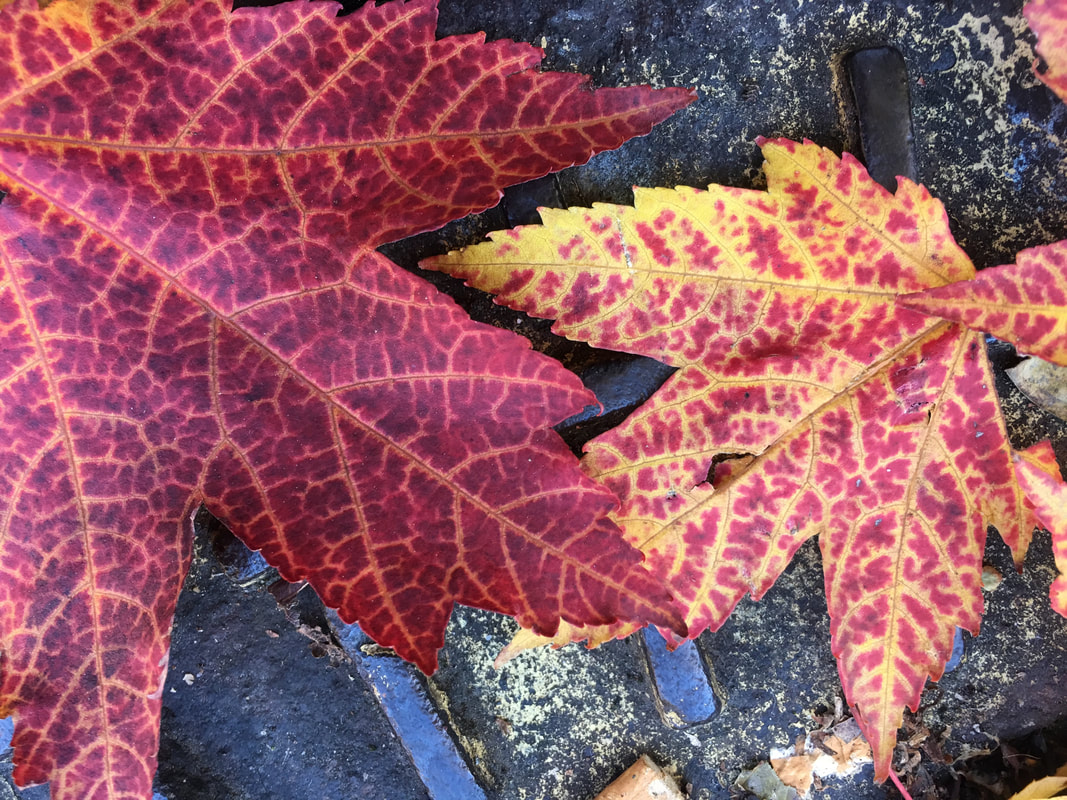
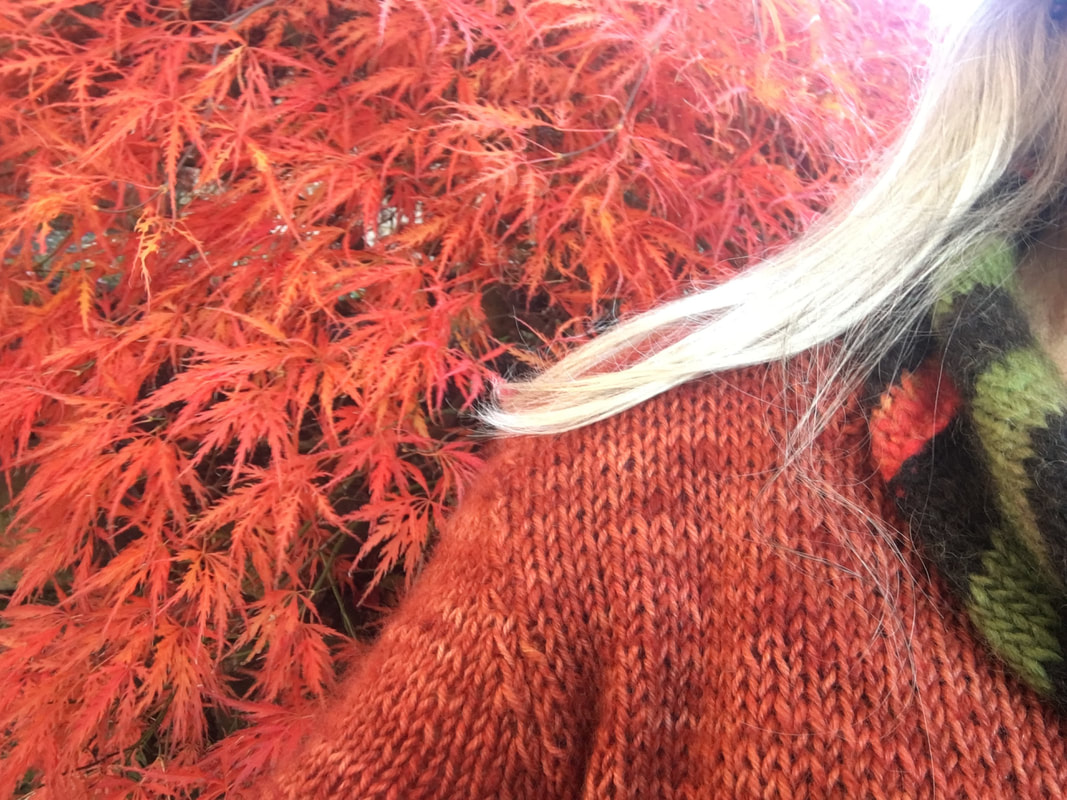
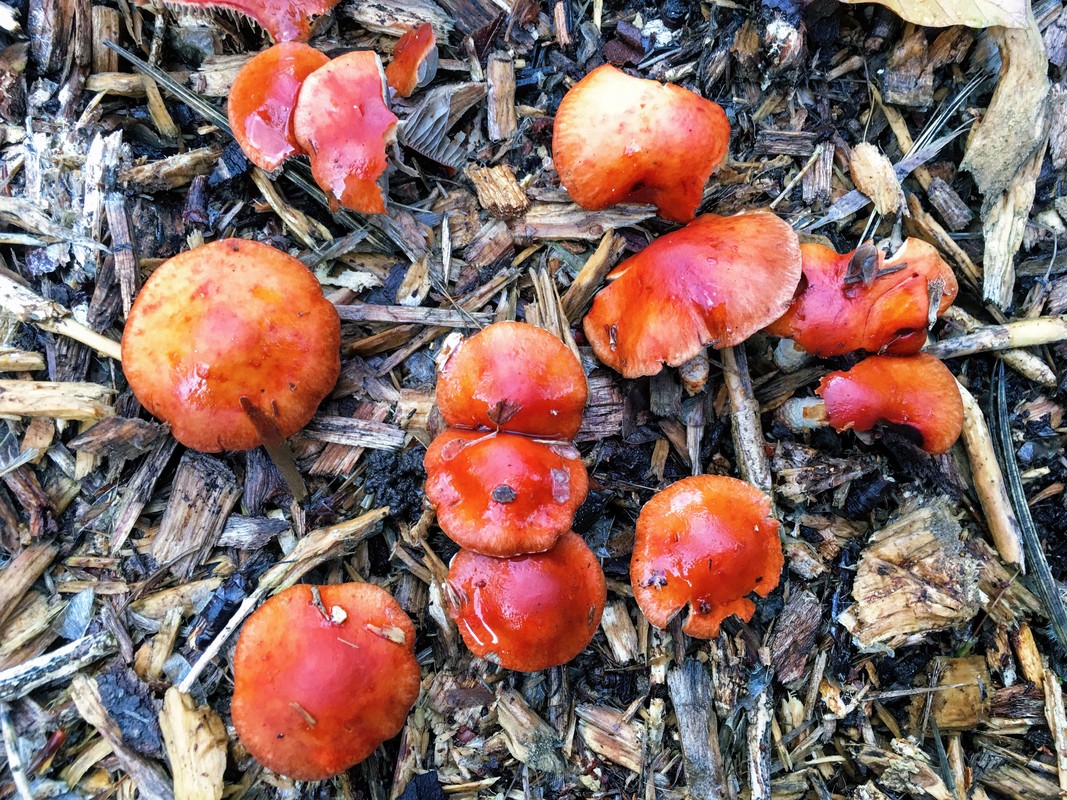
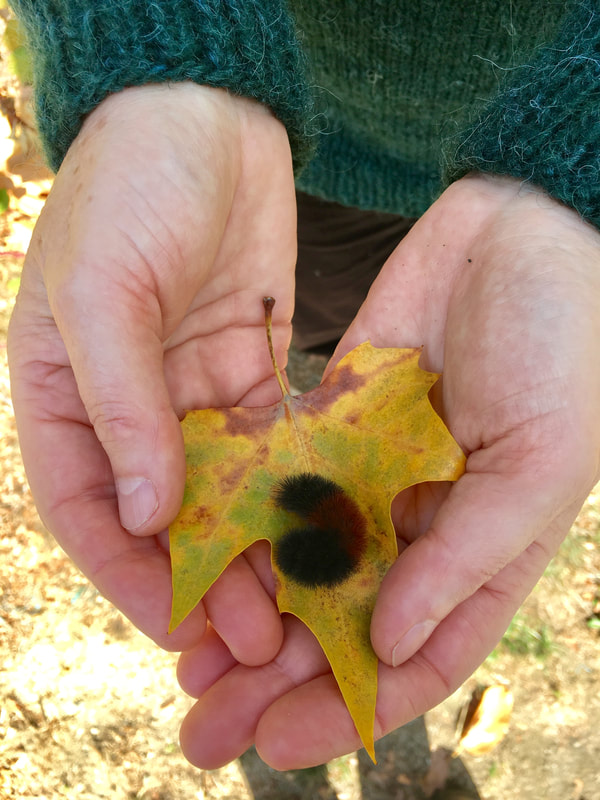

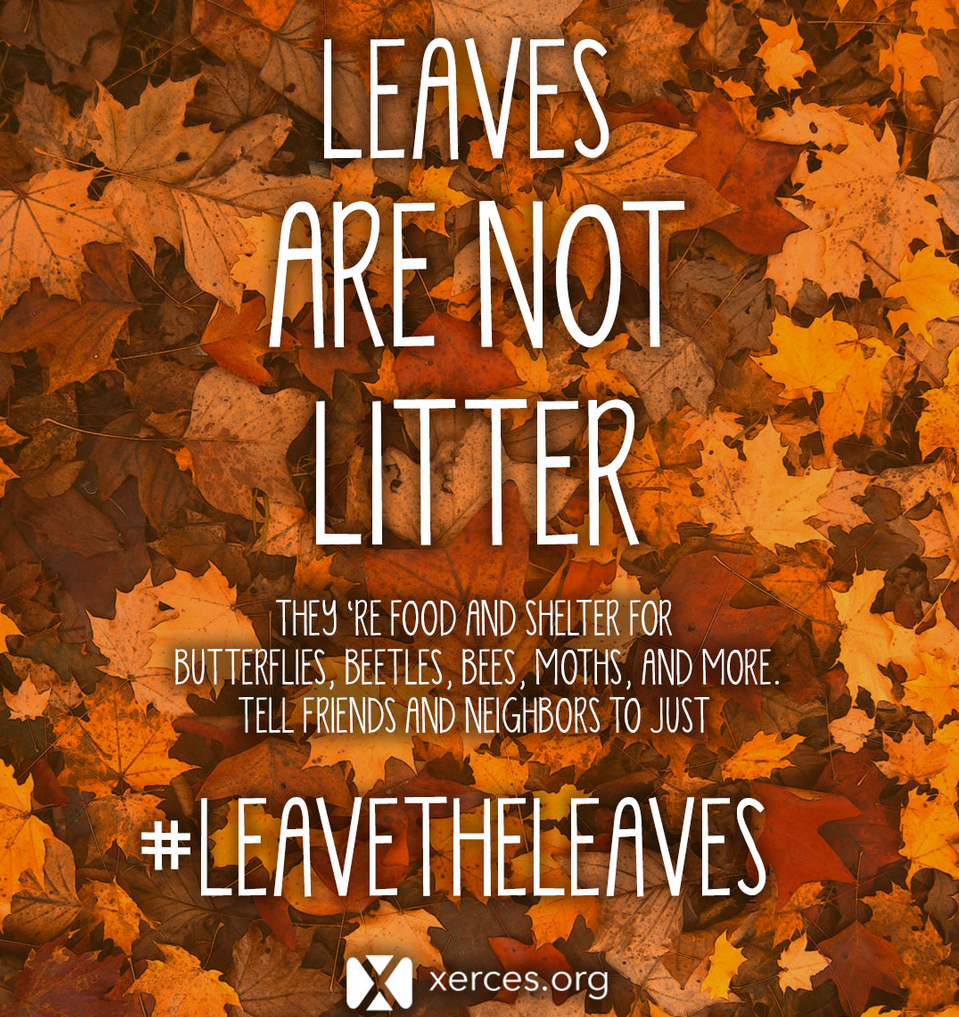
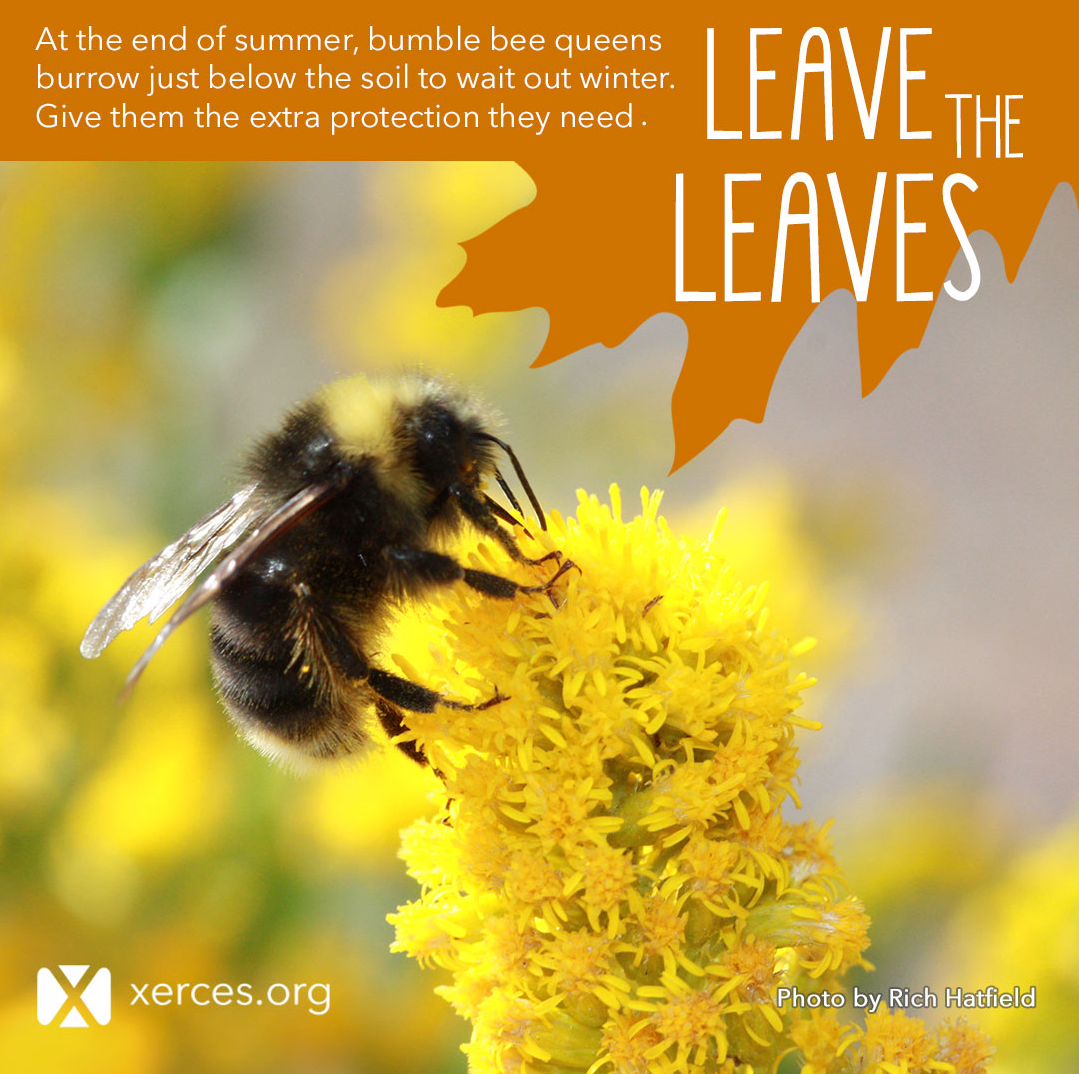
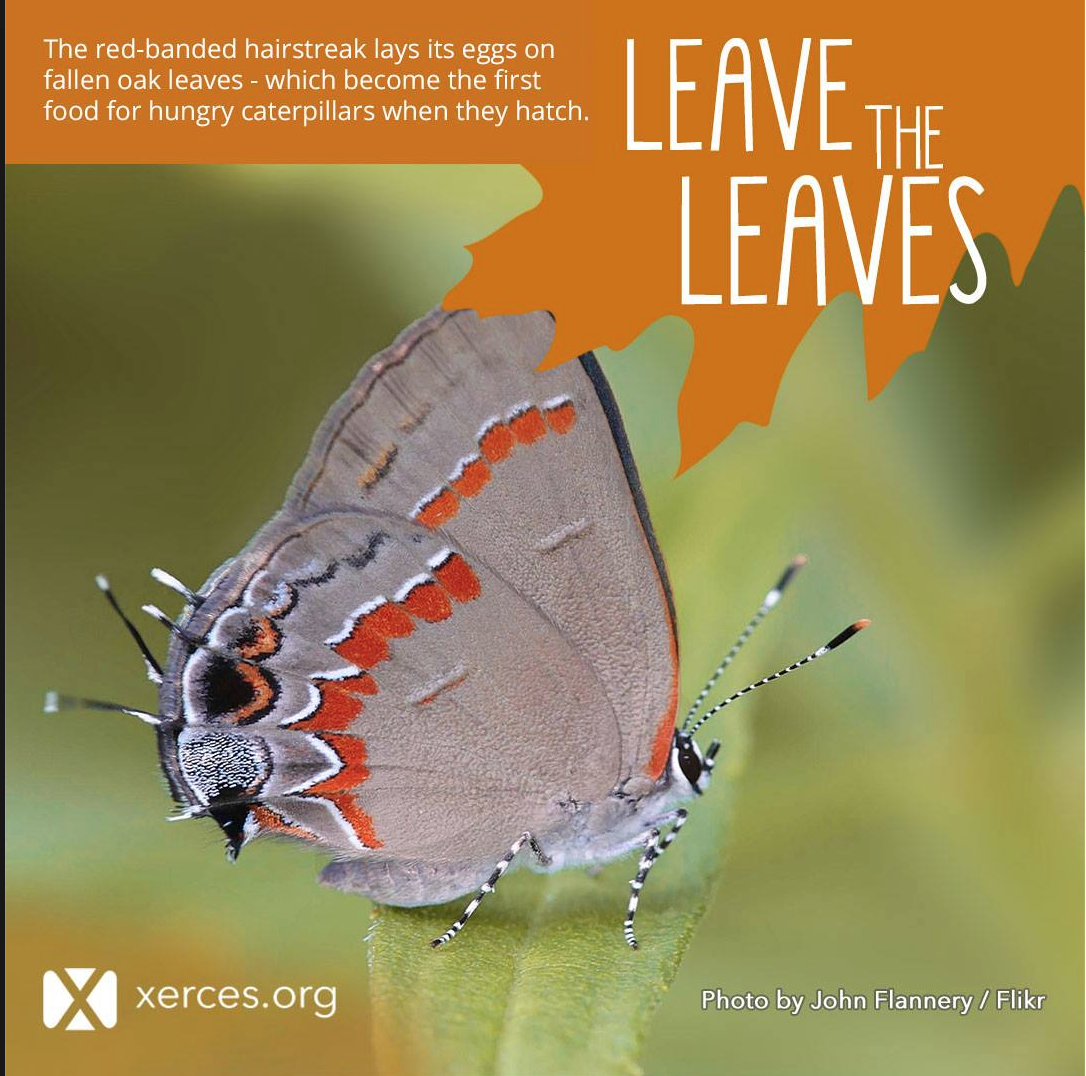
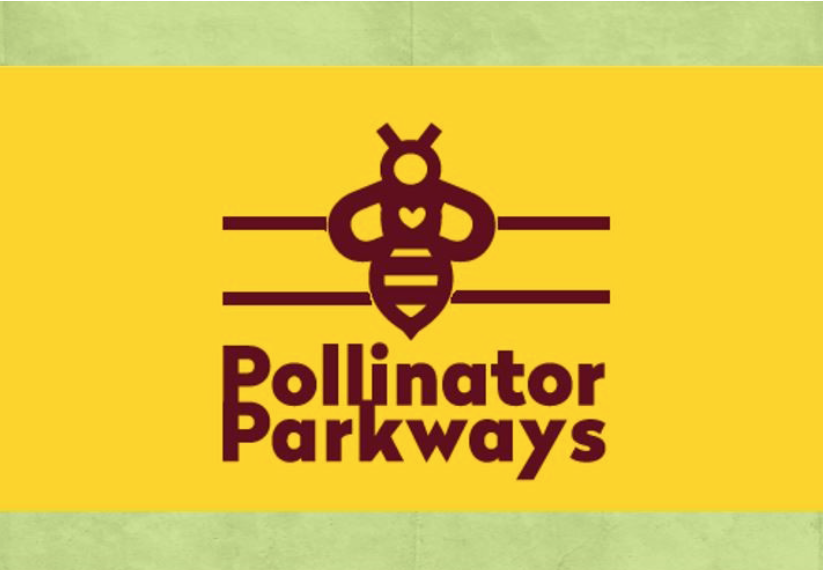
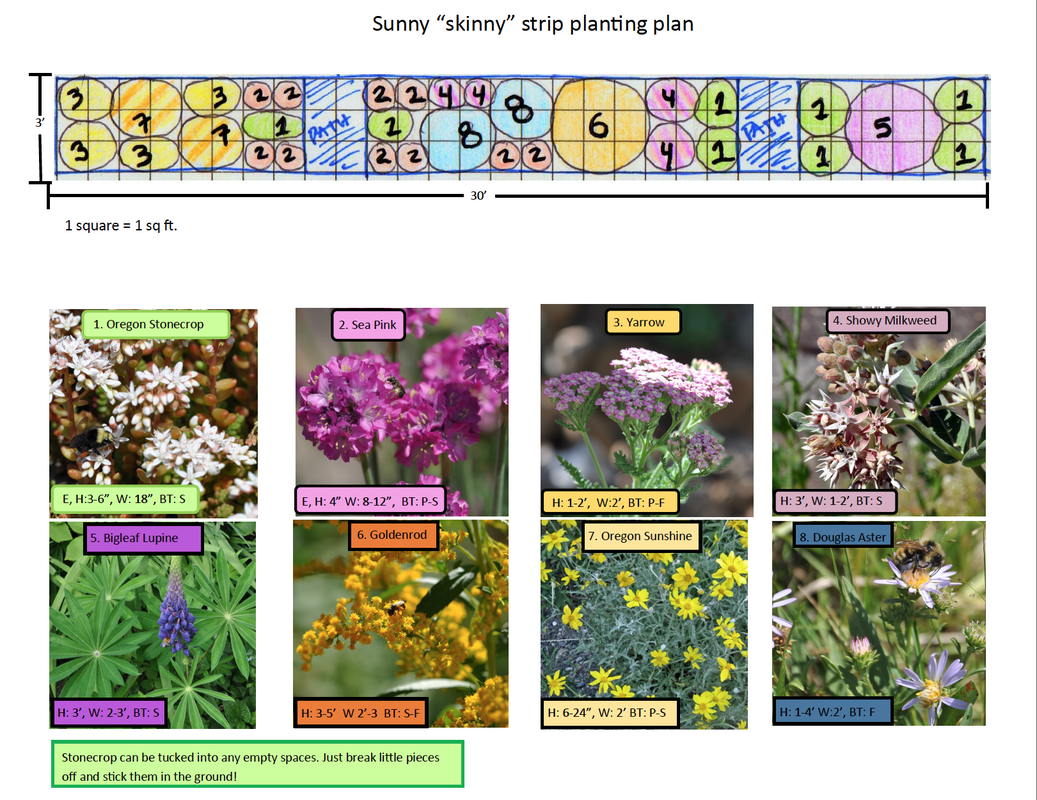
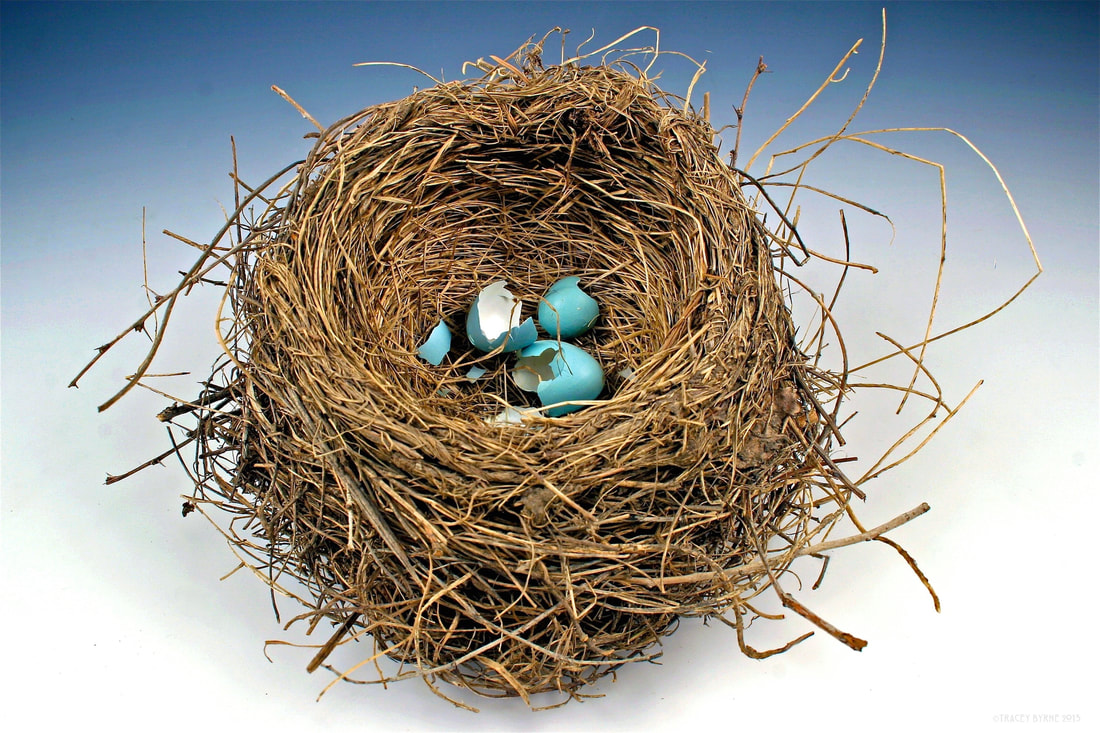
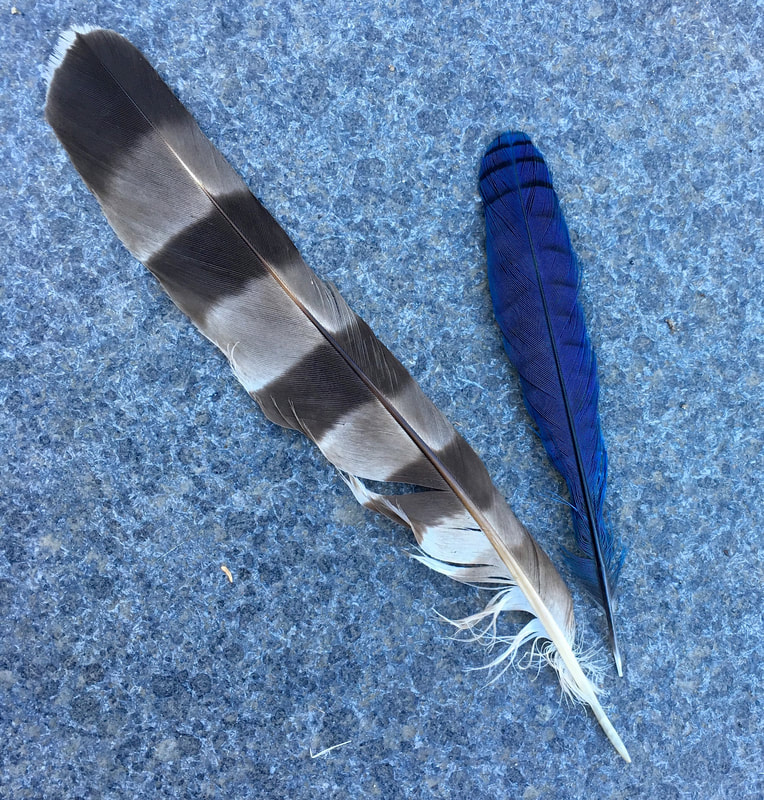
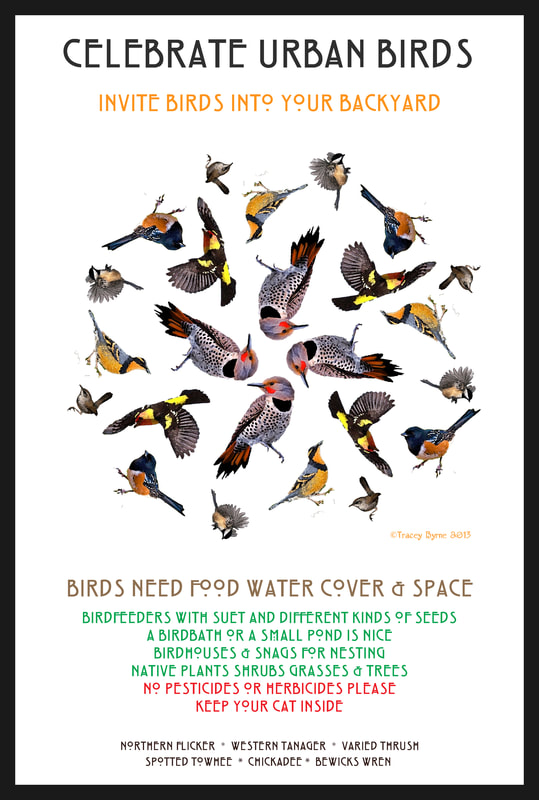
 RSS Feed
RSS Feed
